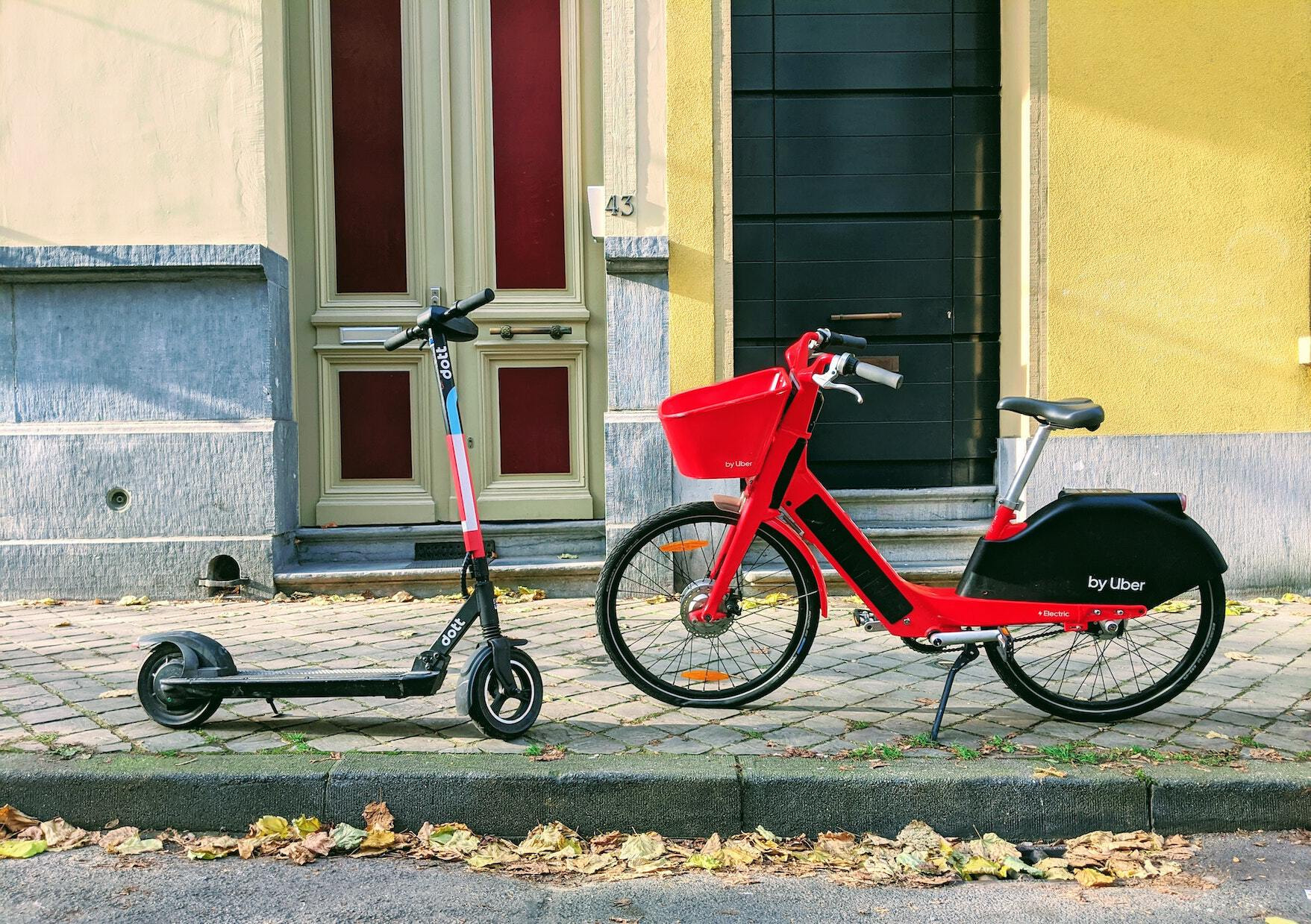It’s become almost part of our lives, the idea that we must return things to a specific location. Rent a car? Return it to the dealership. Rent a movie? Return it to the same store. Even when our options were expanded across numerous locations, we still had to make the return on the renter’s terms, rather than our own.
Not anymore. Enter free-floating vehicle sharing systems, the fast-rising, globally expanding way to get around. In a free-floating system, the user decides where to leave the rental.
In this guide, you’ll learn:
- What a free-floating system is
- The advantages of a free-floating system
- The disadvantages of a free-floating system
- The future of free-floating vehicle sharing
What is a free-floating system?
Free-floating sharing systems give customers the ability to pick up a vehicle (automobile, bike, scooter, etc.) at one location, then drop it off at another non-specified location when done. Typically used in larger cities, these systems challenge the idea of station or hub locations, giving users the freedom of choice in a final destination.
Advantages of free-floating
Increased flexibility
With free-floating systems, customers enjoy the most flexibility of any system, being able to locate vehicles on any mobile device, then drop the vehicle off anywhere they want in the city (as opposed to a specified location).
Think of the possibilities this flexibility brings with it. Mainly, it loosens restrictions on people and their plans. If someone wants to book on-demand or plans to spend a week somewhere and they rent a vehicle to bring to that location, their plans are unaffected by having to return it to a certain hub.
Better first-mile and last-mile connectivity
For years, public transportation systems have struggled to improve upon the first-mile and last-mile problems with their service (in which users have to get to the starting point on their own, then find their own way home after the drop-off). Free-floating sharing changes that, letting a user locate vehicles in their immediate vicinity, and drop them off right outside their house. Problem solved.
Reduced costs and maintenance
When it comes to maintenance, the required repairs will be exclusively on the vehicles themselves. Since there is no hub, there is no upkeep involved for the stations or buildings in which they are stored. Furthermore, any fees associated with parking spaces or commercial leases don’t exist. This seems like a clear winner for anyone not only looking to save time and money, but also looking to move their cities forward into a new age.
Quick system deployment for companies
When it comes to getting your projects off the ground, free-floating is the quickest. Once the digital setup is complete, and the vehicles are ready, you’re done. There’s no further hassle with finding parking lots, passes or spaces to build a garage.
Disadvantages
Locating vehicles can be trickier
This one often goes overlooked when looking over the great features of free-floating systems. We overvalue the fact that you can leave rented units anywhere you’d like, but underestimate the problem this can cause if vehicles are left too far away from certain renters.
For example, imagine that you live on the south side of a large city. A free-floating based vehicle sharing system pops up in your area, and there are many available units showing up on your smartphone. However, because everyone has been leaving the vehicles on the north side of town, you can eventually no longer find units to rent.
Of course, for companies running a free-floating system, the solution to this is physically moving the vehicles to maximally spread them out, but this somewhat defeats some of the purpose of using this mostly hands off approach.
Luckily, this problem is pretty rare, since most users return their vehicles to roughly the approximate area they rented them, or there are enough riders and vehicles to maintain fairly even distribution throughout they city
Political/city-planning roadblocks
For the consumer, it could be either good or bad that rental units are scattered over their sidewalks. They either enjoy the convenience or availability or are turned off by the clutter.
For city planners and politicians, this is something that is usually put to some sort of debate. Sometimes, the positives of the programs and the benefits they bring to the city appease the city planners. Other times, they put up roadblocks to progress. Though these are usually temporary, they can be frustrating and require time and effort to overcome.
As the use of these systems continues to rise, so does the chance that city planners are on board from the get-go.
Future outlook
Anyone paying attention to the progression of big cities in the last decade will tell you that free-floating vehicle sharing systems are the future, plain and simple. Not only do the numbers back this up (and continue to increase), but the logic of the system meets the wants and needs of bigger cities.
As we continue to change our way of life based on things like financial obligations, climate change and general convenience, this type of sharing system is destined to thrive.
